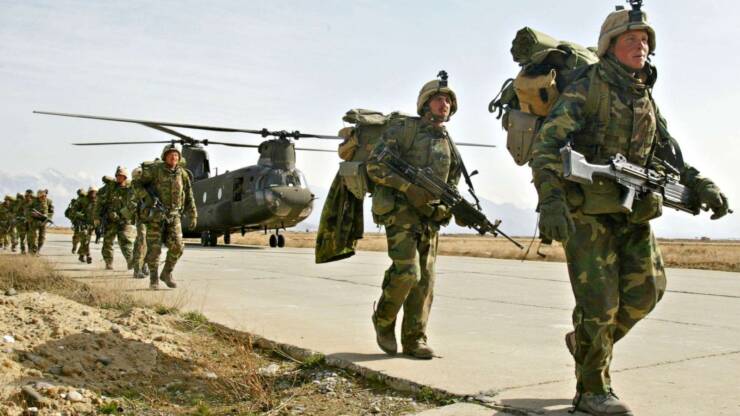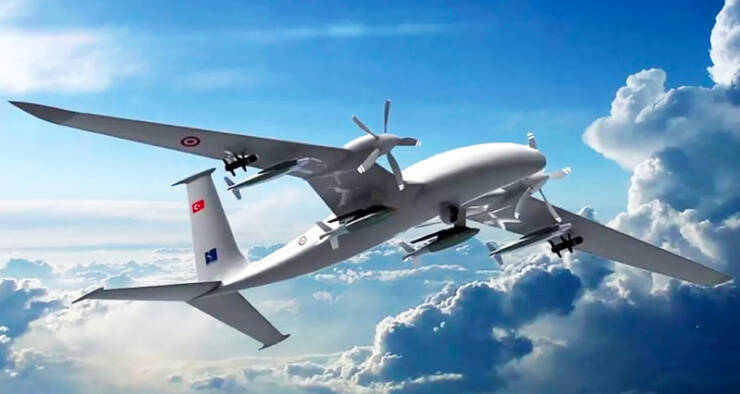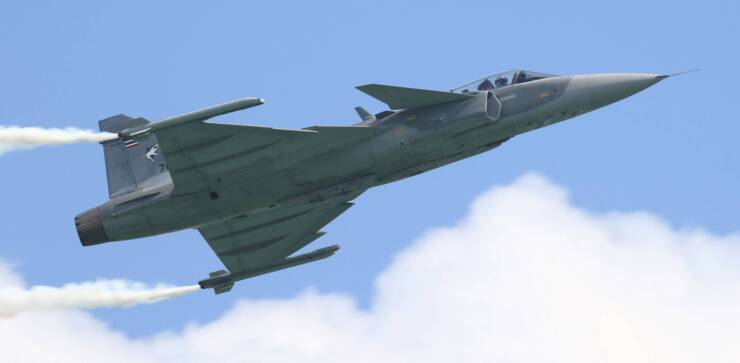
Come September 2021, the American forces will withdraw from Afghanistan completely, preceded by the withdrawal of NATO forces as well. This brings to end the 20-year war waged by the US and its allies, effectively repeating the story of the US defeat in Vietnam and the Soviet defeat in Afghanistan. Once the US began talking to the Taliban, the archenemy, for ceasefire and withdrawal it was tantamount to admitting defeat. The US and the NATO forces used hi-tech precision weapons, sensors, aircraft and helicopters for the attack, special forces, 24/7 ISR using space-based assets to give real-time situational awareness, and the use of armed drones from regional bases with control from the mainland; all of these advanced technologies and capabilities were deployed against a rag-tag group of highly motivated, Jihadist guerilla fighters. The Afghan war proves that while the exponential development of technologies is altering the character of war, the human factor will remain vital, particularly at the decision-making level.
The Afghan war demonstrates the fact that war in the future, while increasingly technology-intensive, will be a far more complex amalgamation of automation driven by Artificial Intelligence and Machine Learning, information and situational awareness, guerilla warfare enabled by hi-tech communications and real-time intelligence, grey-zone tactics and strategies, and human resources dominated by high skills and innovation. The role of air, space, and cyber will be dominant.
The Context of Air and Space Capabilities
Information has always been and will be the ‘centrality’ of war. Over the last 25 years, exponential developments in air, space, and information technologies have contributed to the ability to process vast amounts of information to achieve comprehensive situational awareness of the battlefield, generate target information, and enable precise attacks to generate the desired tactical, operational, and strategic outcomes. Access to information on a 24/7 basis for all 365 days is vital for better planning and effective operational strategies. Information dominance and information denial are the key elements of operational strategies during peace as well as war. Space-based ISR (Intelligence, Surveillance, Reconnaissance) capabilities are crucial for enabling real-time situational awareness for decision-makers from the tactical level to the strategic. Developments in Artificial intelligence and disruptive technologies are revolutionizing the processing of information for rapid decision making.
Revolutionary changes are emerging in the areas of unmanned aerial vehicles. UAVs and armed Drones are becoming critically important in modern wars. With significant maturity in artificial intelligence technologies the role of autonomous unmanned vehicles; whether in air, on land, on the sea, or underwater; is assuming enormous importance. A glimpse of how future wars would be impacted by drone was fully evident in their innovative use by Azerbaijan in its war against Armenia. UAVs and weaponized drones were employed to great effect against Armenian armour and guns in the mountainous regions of Nagorno-Karabakh. Autonomous drone weapon systems would change the character of war within the next decade.
The concept of swarming, which emerged first in the early 2000s along with net-work centric warfare is now a reality and it is only a matter of time when it would be a major factor in the air war. Artificial intelligence, advanced algorithms, and robust communications have made swarming and robotics the most important development in the context of future wars. The US, Russia, and China are testing and continue to validate advanced concepts of swarming, which involves drones deployed in squadrons that can think independently and operate as a pack. China demonstrated two years ago a swarming operation involving 1000 drones and a mother aircraft.

Drone technologies, robotics, artificial intelligence, and new communication devices are all far cheaper as compared to manned aircraft and can produce equal if not better effects on the battlefield. The downside of this is that it may become affordable and available to non-state actors and insurgents as well, thus transforming the nature of war significantly. This was demonstrated by ISIS when it deployed a swarm of 13 drones to attack Russia’s Khmeimim airbase in western Syria in 2019.
Drones vary from the size of a bumblebee to large aircraft size and operate in different roles. Using AI and machine learning a swarm of drones could have the cognitive ability to assess targets, divide up tasks and execute them with limited human interaction. With AI-infused autonomous capabilities, a large swarm of drones could share and process information, allocate multiple tasks, and make coordinated tactical decisions against both pre-programmed and ‘pop-up’ threats. Swarming drones could effectively saturate defence systems and open up new options for offensive action.
Currently, drones are liable to jamming as they communicate within themselves and to the mother aircraft or base. These are being overcome as large swarms can operate in multiple frequencies in groups apart from developing robust communication systems. As they become autonomous their ability to use their sensors to evaluate, compare with preprogrammed database, and decide intelligently based on emerging situation will be the norm.
NCW, Command and Control, and Human Factor
Network-centric warfare concepts evolved in the 1990s as a result of the exponential growth of ICT (Information and Communication Technology). The process of sharing voice and data communications across multiple nodes and networks with data fusion and correlation creates the common operational picture in real-time. Ultimately the fusion of aviation, space, communications, and ICT enables NCW capability through more efficient use of resources to get maximum effect. NCW enables better command and control and decision making as it is based on the real-time situational picture. Aviation and Space-based ISR assets play a critical role and hence, their security is vital. The critical importance of satellite-based services for precision, navigation, timing and ISR for all these make Space security a vital element of future wars.

NCW capabilities enable the shortening of the sensor-to-shooter loop. The use of artificial intelligence could shorten this to the maximum but that would be risky as human in the loop is vital for correct decisions and safety. The human factor will continue to be vital.
Future War and Indian Combat Power
India faces adversaries in Pakistan and China, and hence, the threats and operational environment demand India’s combat capability to be at the highest level. What kind of wars would India face?
Future wars in India’s environment will cover a large spectrum – from low-intensity conflicts to proxy war, limited war. A larger war would be a failure of deterrence, strategy and diplomacy. Given the asymmetry that exists between India and Pakistan, it is very unlikely that Pakistan will venture into a full-fledged war. It will adopt asymmetric strategies involving proxy wars and support terrorist elements. So far India has never used airpower more fully in enforcing peace at the LOC. Use of airpower to enforce peace is a must. Accordingly, India’s combat power should be more aerospace-centric than land-centric.
China adopts a strategy maintaining the initiative, ensuring it remains below the threshold of war. Once again, this is because India has largely been reactive and reluctant to use airpower at the LAC. An aerospace-centric approach may enable India to wrest the initiative.

China is modernizing its forces to be in sync with the emerging transformation in the character of war. China’s strategy of winning local wars under ‘intelligentised’ conditions is interesting to examine. China has established superior capabilities in Space, with nearly 120 military satellites that provide continuous ISR, ELINT, SIGINT, and COMINT data. China is also integrating AI in a big way and is developing ‘battlefield singularity’ – a point at which combat moves faster than human cognition. It is an indication towards the use of autonomous weapon systems in future wars. By demonstrating its combat power in PLAAF, PLAN, PLARF, and PLASSF, based on advanced and innovative technologies and concepts, China seeks to create deterrence on its terms.
India’s future wars will be largely in the domain of LIC and dealing with proxy wars, and possible local wars. Its combat capability must incorporate extensive use of drones and modernization of aerospace capabilities that will contribute to deterrence.
–The writer is a former Deputy Chief of Integrated Staff at IDS. He is now the President of The Peninsula Foundation at Chennai. The views expressed are personal and do not necessarily reflect the views of Raksha Anirveda








